Blog
Check Our Latest Posts
Check Our Latest Posts
Turkish Bath Culture and Turkish Bath Towels
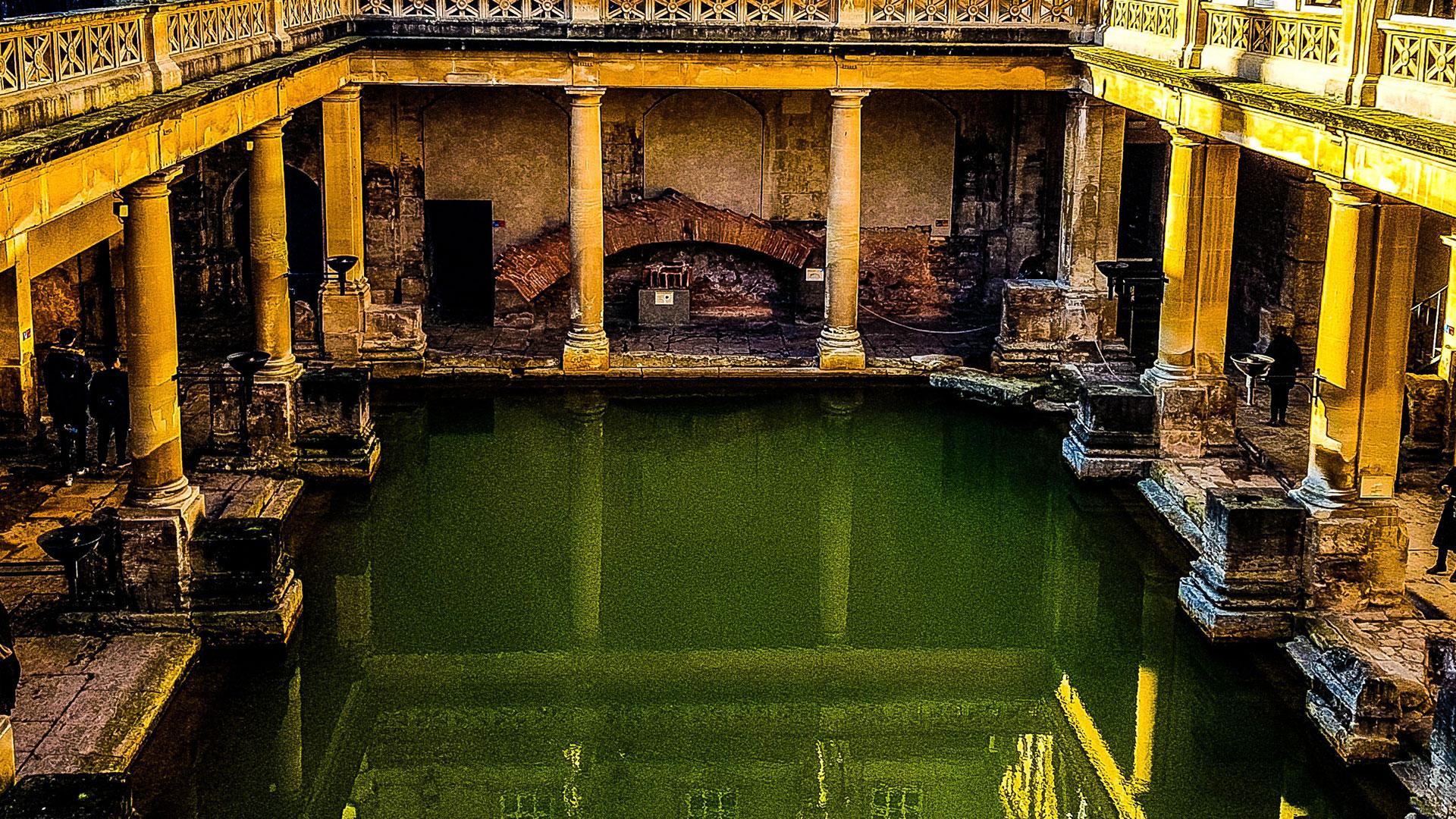
 Turkish Hammam Culture
Turkish Hammam Culture
Hamam culture, apart from bathing in a hammam, consists of bath structures, hammam ceremonies, bath entertainment, the items used, the meanings about the bath, folk songs and narratives. When we talk about the bath culture, it is necessary to mention all the accessories and features together.
Turkish Bath Culture
Baths in Anatolia, whose history goes back to the Romans, gained a special importance with the acceptance of Islam by the Turks. The first public bath was opened in 1584 in III. Murat’s mother is the Çemberlitaş Bath, which was built by Nurbanu Sultan to Mimar Sinan. After that, the number of baths increased in a short time and spread to all of Anatolia. Click for reading with more details History of Peshtemal page
Baths, which are domed structures, usually consist of the glass used for undressing, the coldness used for drying and changing the Bath Towel and Peshtemal, and the warmth sections used for washing.
A part from being just a bathing place, baths have become centers of social and cultural activities. The women, together with their neighbors, agree in advance and go to the baths collectively. In the hamam, one has to bathe until noon, and eat the pre-prepared food when it comes to noon. Women who spend all their days in the bath organize various musical and oral entertainment here.
Baths have been places where special days are celebrated. For women “bridal bath”, “puerperant bath”, “baby’s forty bath”, “votive bath”, “mourning bath”; For men, “groom bath”, “circumcision bath”, “soldier bath” and “Bayram bath” are organized. Among these, the “bridal bath” and “groom bath” have a special place in traditional wedding ceremonies. For the bridal bath, the bride, who is dressed in silk peshtemals and mother-of-pearl clogs, is brought to the bath early with her relatives and friends. While the bride is bathing in the bath, folk songs are sung and games are played. Another reason to go to the bath is to like a girl.
Although the hammam tradition has lost some of its functions in today’s urban culture, handicrafts such as fiber, washcloths, Peshtemals, Turkish Towels and Bath Bowls, which have been adapted to modern baths with ceremonial practices such as “Bridal Baths“, still continue today.
Turkish Baths and Peshtemals
An important part of the bath culture is its accessories. Fibers, washcloths, baths and most importantly, peshtemals are integral parts of the bath. Peshtemals are very light products that consist of one piece. Peshtemals and Turkish Towels which have a very suitable texture for bath use, are used in many different areas today.
Peshtemals, which are frequently used on the beaches as bath towels (robes) and in home textile products, have been a textile product that has been added to modern life by the centuries-old bath culture



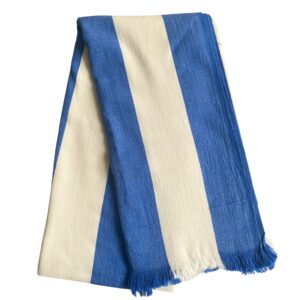
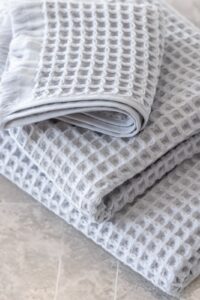
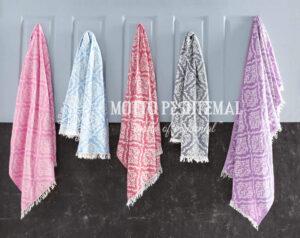


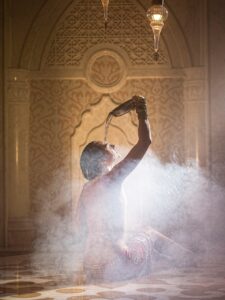 Turkish Hammam Culture
Turkish Hammam Culture